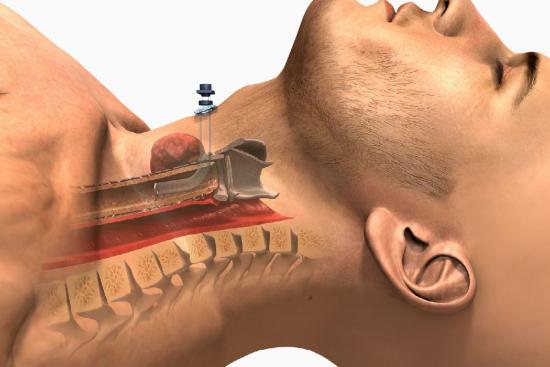Do you struggle to breathe due to an obstruction in the upper airways or a chronic lung condition? Breathing can become exhausting, stressful, difficult, tiring, and anxiety-inducing. A tracheostomy may be the solution. This surgical procedure, performed by specialized doctors in Turkey, creates an opening in the trachea to make breathing easier and safer.
Cost of a tracheostomy in Turkey
The cost of a tracheostomy in Turkey can vary depending on several factors, including the surgeon's experience, the complexity of the case, the length of hospital stay, and the type of postoperative care required.
If you are considering a tracheostomy and want high-quality surgery at an affordable price, Turquie Santé is here to guide you. We make sure you benefit from:
- Accredited and modern clinics.
- Specialized surgeons.
- Multilingual assistance.
- Personalized follow-up.
- Competitive prices.
Contact us today to get a medical evaluation, a free personalized quote, and a customized treatment plan. Take the first step toward easier breathing with peace of mind.








